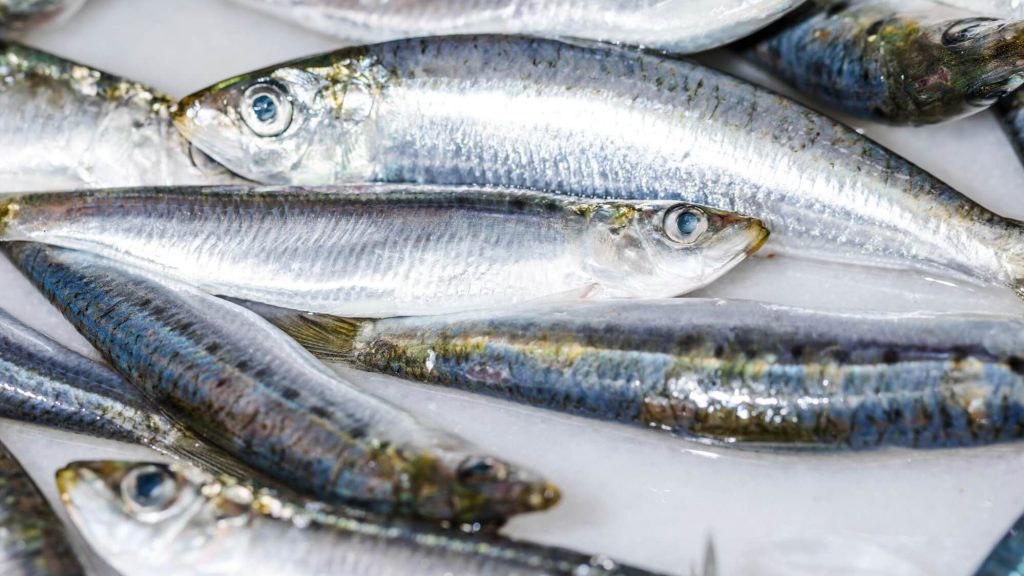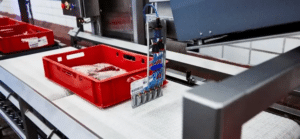Consumer tastes and expectations are always shifting, requiring the implementation of new technologies that improve productivity and end-product quality. Automated grading and sorting systems have brought a dramatic change in the food processing industry, especially in the arena of processed fish products. These modern techniques are improving the reliability and resale price of processed fish in numerous ways. Automated grading and sorting systems have a major impact on product quality, and we will dive into this topic in this blog post.
The Evolution of Grading and Sorting Systems
Grading and sorting fish products have historically been time-consuming and inconsistent due to their dependence on human labor. Manual sorting typically resulted in quality variances, which not only affected consumer satisfaction but also had economic implications for producers. The introduction of automated systems was a turning point for the industry.
Using a combination of cutting-edge technologies like computer vision, machine learning, artificial intelligence, and robotics, automated grading and sorting systems are able to assess, classify, and sort fish products with exceptional precision. Quality factors such as size, color, texture, and imperfections can all be detected by these systems, allowing for the processing of just those goods that fulfill the set criteria.
Technology Behind Automated Grading and Sorting Systems
Several fundamental elements make up the technology that powers automated grading and sorting systems. To accurately classify fish products, high-resolution cameras, and efficient computer vision algorithms are used to take detailed photographs of the products. This allows for the detection of subtle differences in factors such as color, form, and texture. Models are trained on large datasets annotated with fish product labels, making machine learning and artificial intelligence indispensable. As these models analyze more data, they learn to recognize patterns associated with different quality parameters, increasing their accuracy in identifying and categorizing products. However, automated robotic arms and conveyor systems work in unison to gently manipulate and move delicate fish products along the assembly line, reducing the risk of injury or contamination.
Impact on Product Quality
The impact of automated grading and sorting systems on product quality is multifaceted and undeniable.
Consistency: By eliminating human subjectivity and weariness from the grading process, consistency in product quality is greatly improved. By applying the same standards to everything, we can guarantee that the final product will always live up to our customers’ expectations.
Waste Reduction: Misclassification is greatly reduced with automated methods, leading to less waste. Now we can accurately grade and recycle products that would have been rejected in the past because of human error.
Premiumization: The value of processed fish increases as its quality is maintained over time. Suppliers can advertise their products without fear of backlash, luring customers who value quality over cost.
Efficiency: Fast processing times and large output rates are made possible by automated systems. Not only does this save money on labor, but it also gets consumers their food and other goods faster and keeps them in peak condition.
PERUZA’S Roller grading line for pelagic fish
The thickness of the fish is used as a calibrating factor on a roller grading line. Fresh little fish like sprats, and Baltic herring species, as well as related ones like sardines, pilchards, and anchovies, are ideal for this design.
The first step in the processing of fish includes the gentle placement of fish into a holding tank. A complex technological setup is at work here, carefully coordinated to ensure a smooth and orderly progression. A hopper-elevator lifts the fish gently into the air, where they then glide down a distribution chute and onward into the hypnotic roller dance. The uniqueness of this tank lies in its advanced water level control system, which acts as a conductor to the fish’s constant motion.
Enter the star of the show: a roller grading unit. It deftly categorizes fish into three grades plus an oversized one. The V-shaped rollers can be adjusted to match the fish thickness, elegantly sliding them through the gap to find their grade. These grades are guided by smart chutes to cross-conveyors, leading them to plastic bins for their final bow. Operator-controlled pauses ensure a smooth transition when bins are full.
And the crescendo—oversized fish claim their place at the end of the roller unit.
In industrial fish processing, gentle grading is crucial. This efficient system can handle up to 10 tons per hour, harmonizing technology and care to elevate each fish’s journey.
To sum up
Automatic grading and sorting systems have been a game-changer for the processed fish industry. These systems go far beyond what humans are capable of doing, guaranteeing consistency, cutting down on waste, and increasing market value through the use of computer vision, machine learning, and robotics. More advanced systems are on the horizon that will further optimize product quality, increasing consumer trust and radically altering the food processing industry.
As robotics, automation, and machinery develop, you must look into the best possible solutions now. If you’re interested in learning more about how PERUZA can help you get the best results with your food processing, feel free to get in touch at info@peruza.com, and we’ll be happy to discuss the possibilities of creating something great for your fish processing business!





